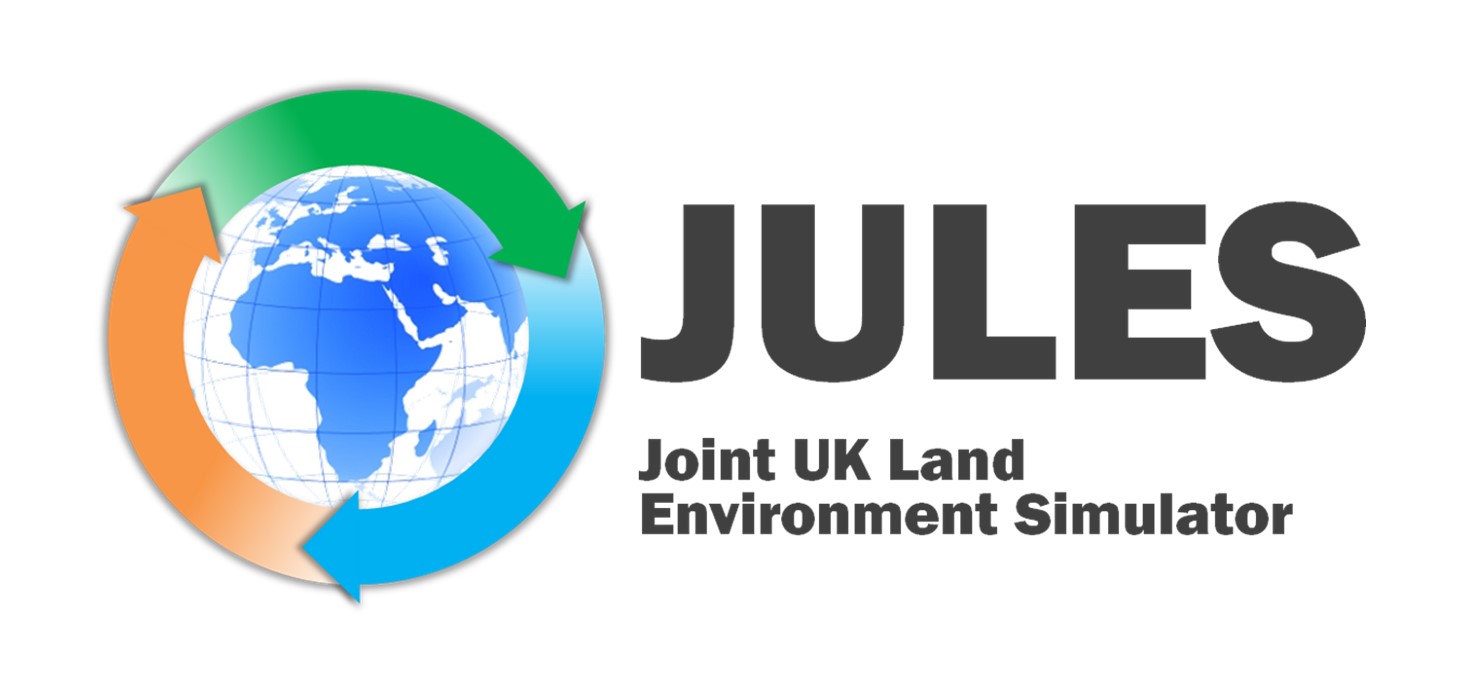
A Swansea University student has collaborated with the Met Office to identify how one of its land surface models can be improved, allowing more accurate projections of future climate-vegetation interactions.
The study, published in the Journal of Geophysical Research: Biogeosciences, has been co-authored by MSc Environmental Dynamics and Climate Change student Lewis Palmer.
Lewis carried out this research, which formed his dissertation, after earning a SPIN (Swansea Paid Internship Network) placement with the Met Office through the Swansea Employability Academy (SEA).
The project looked at different applications of the Joint UK Land Environment Simulator (JULES) model, which predicts environmental processes, including carbon and water cycles.
Comparing JULES estimates of carbon isotopic discrimination (Δ13C) with tree-ring measurements helps improve simulations, leading to more accurate projections of ecosystem functioning under different climates.
Lewis explained the process further: "Using tree-ring carbon isotope data that other various studies had collected, we compared it against the model's predictions of the same data in terms of the overall trend over time, the inter-annual variability and the effect of climate."
Their research found that JULES accurately predicted tree-ring Δ13C in 8 out of 12 UK sites over 38 years, with offsets in mean values of up to 2.6%, but underestimated interannual variations in Δ13C at all sites.
JULES captured the influence of environmental changes on tree-ring Δ13C relatively well, although the trees' responses at individual sites varied.
These results suggest improvements are needed in JULES to reduce uncertainties in predicting the carbon and water cycles and consequently produce more accurate projections of future climate-vegetation interactions.
Since completing his work with the Met Office, Lewis has secured a role in the UK's largest independent provider of agricultural and environmental consultancy, rural development services, and policy advice.
Lewis said: "The SPIN placement allowed me to learn the R coding language used to manage and analyse model output, tree-ring, and climate data. It also allowed me to understand how to perform high-quality scientific research and synthesise the results in a publication-quality paper.
"Everything I learnt during this time helped me get a job as an environmental consultant with ADAS, and I will forever be grateful for the support of my fellow co-authors, the Met Office, and the staff in both the University's Geography Department and Swansea Employability Academy."
Dr Iain Robertson, paper co-author and Lewis’ dissertation supervisor, commented: “All of our postgraduate dissertations are submitted in the form of scientific papers and reports to encourage publication in journals, however, only a few get published at this level.
“Lewis’ work is already making a big impact, and it has been a pleasure getting to work with him on this project, the results of which will help the scientific community identify and improve specific areas of both the Met Office’s JULES model and other environmental models.”
This research has been funded through the Swansea University SPIN Placement Grant, the European Union’s Horizon 2020 Research and Innovation Programme, the European Research Council, the Academy of Finland, and the Natural Environment Research Council.
